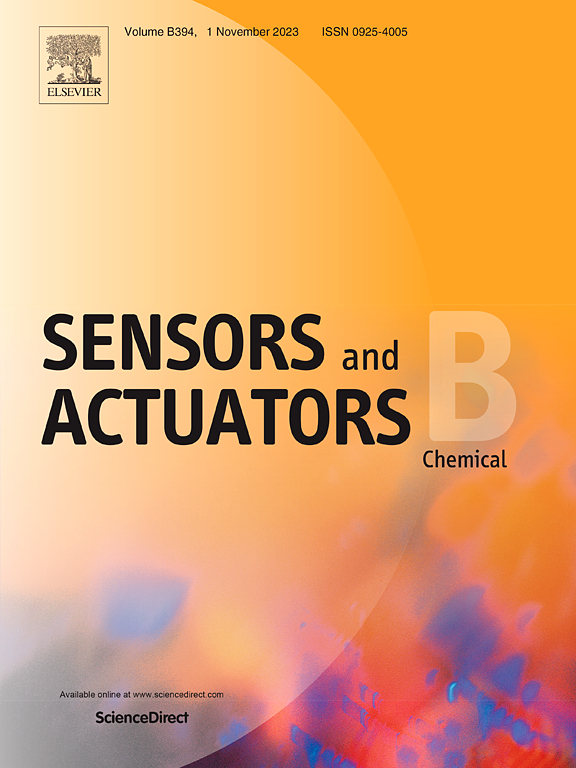Fabrication of self-assembled gold–magnetic laccase composite electrode using a four-stage magnetic field and its application in an integrated temperature – Controlled system for enhanced electrochemical detection of catechol
IF 8
1区 化学
Q1 CHEMISTRY, ANALYTICAL
引用次数: 0
Abstract
A novel electrochemical biosensor based on a gold–magnetic nanoparticle–laccase composite (Fe3O4@Au-MUA-LAC) was developed for the detection of catechol (CC). The sensor leverages Fe3O4 nanoparticles as carriers to create a Fe3O4@Au core–shell structure, which is further functionalized with laccase to enhance electrocatalytic activity. The application of an external magnetic field facilitates the orderly arrangement of magnetic materials on the electrode surface, thereby increasing the catalytic surface roughness of materials and promoting electrocatalytic reactions. In addition, a custom-designed thermostat with a digital display was integrated into the experimental setup, offering an innovative platform for examining temperature effects on electrochemical detection. Optimization of sensor fabrication conditions enabled the successful detection of CC. The sensor demonstrated a linear detection range from 0 to 500 μM, a detection limit of 0.458 μM, and a sensitivity of 24.7 μA/Mm. Selectivity studies confirmed the biosensor’s reliability in detecting CC in complex water samples. The developed sensor not only provides a rapid and accurate method for monitoring CC in environmental samples but also introduces a new approach to studying temperature’s impact on electrochemistry. The findings underscore the significance of magnetic fields in enhancing the performance of electrochemical biosensors for CC detection.

四级磁场自组装金磁性漆酶复合电极的制备及其在集成温控系统中对儿茶酚的强化电化学检测中的应用
研究了一种基于金磁性纳米粒子-漆酶复合物(Fe3O4@Au-MUA-LAC)的新型电化学生物传感器,用于检测儿茶酚(CC)。该传感器利用Fe3O4纳米颗粒作为载体,形成Fe3O4@Au核壳结构,并通过漆酶进一步功能化以提高电催化活性。外加磁场的作用有利于磁性材料在电极表面的有序排列,从而提高材料的催化表面粗糙度,促进电催化反应。此外,实验装置中还集成了一个带有数字显示的定制恒温器,为检测电化学检测中的温度影响提供了一个创新的平台。该传感器的线性检测范围为0 ~ 500 μM,检出限为0.458 μM,灵敏度为24.7 μA/Mm。选择性研究证实了生物传感器在复杂水样中检测CC的可靠性。该传感器不仅为环境样品中CC的监测提供了一种快速准确的方法,而且为研究温度对电化学的影响提供了一种新的途径。这些发现强调了磁场在提高电化学生物传感器CC检测性能方面的重要性。
本文章由计算机程序翻译,如有差异,请以英文原文为准。
求助全文
约1分钟内获得全文
求助全文
来源期刊

Sensors and Actuators B: Chemical
工程技术-电化学
CiteScore
14.60
自引率
11.90%
发文量
1776
审稿时长
3.2 months
期刊介绍:
Sensors & Actuators, B: Chemical is an international journal focused on the research and development of chemical transducers. It covers chemical sensors and biosensors, chemical actuators, and analytical microsystems. The journal is interdisciplinary, aiming to publish original works showcasing substantial advancements beyond the current state of the art in these fields, with practical applicability to solving meaningful analytical problems. Review articles are accepted by invitation from an Editor of the journal.
 求助内容:
求助内容: 应助结果提醒方式:
应助结果提醒方式:


